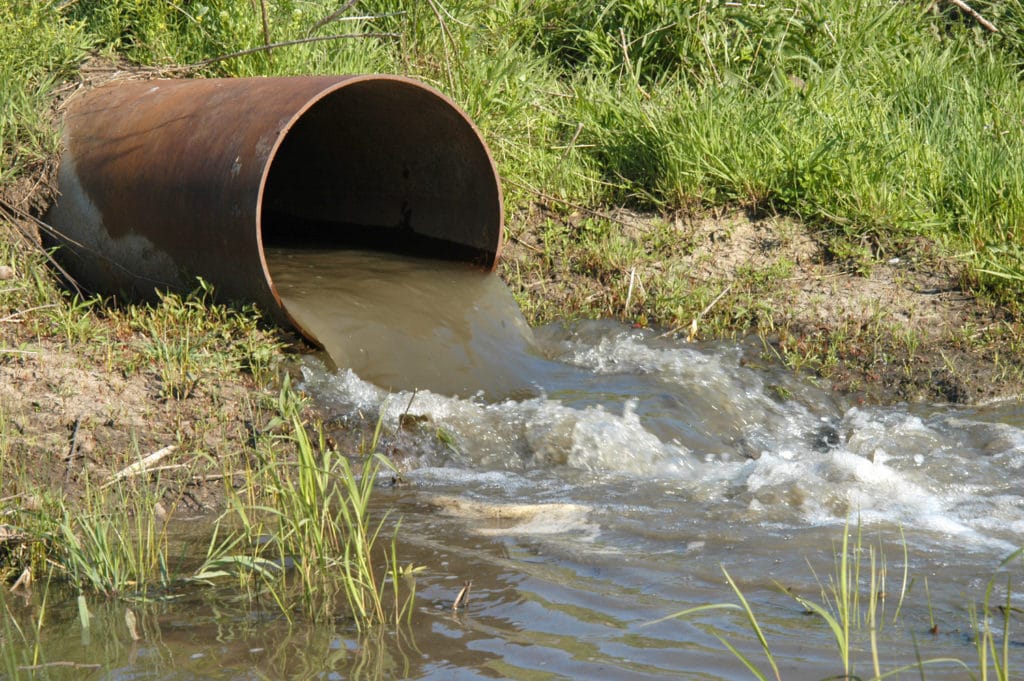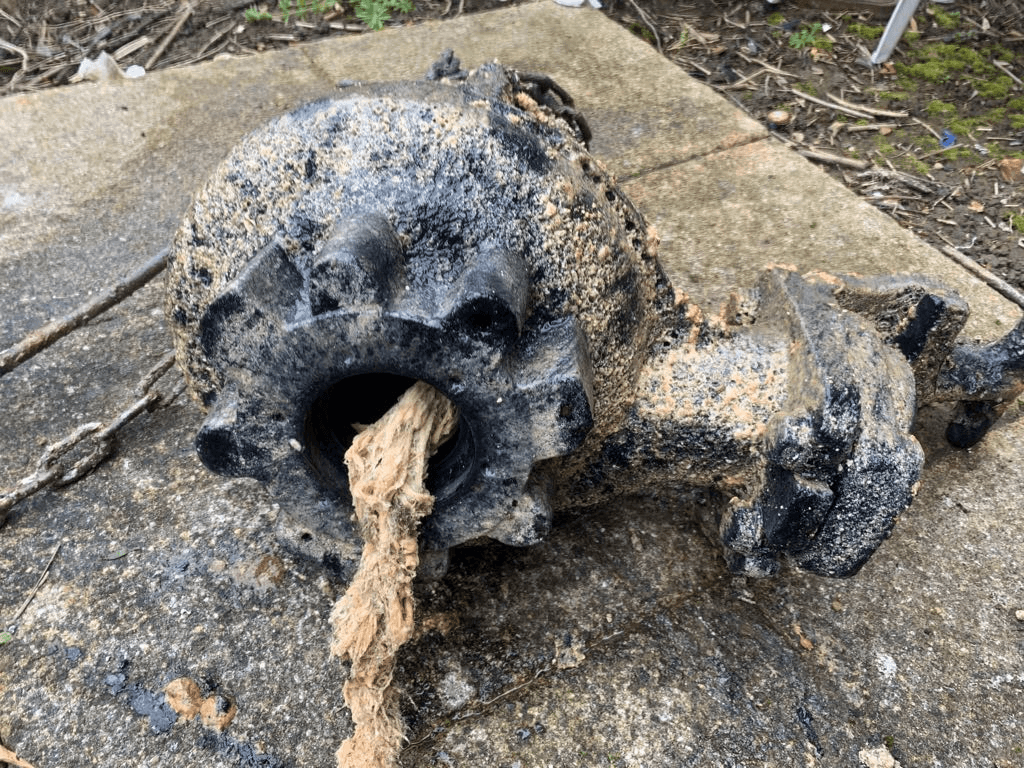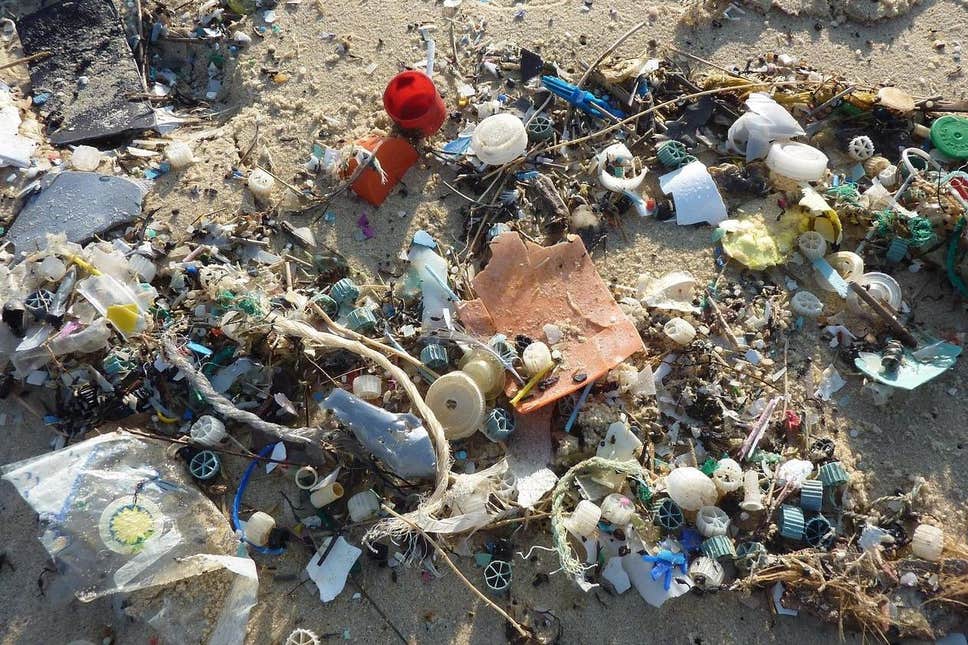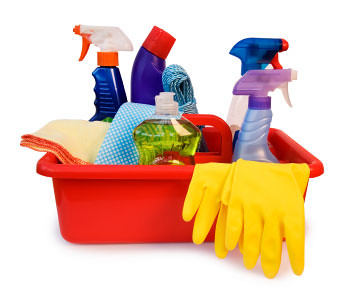There are two main types of aquatic ecosystems, marine and freshwater that are dependent on the environment.
Only 14 percent of rivers in England met the minimum “good status” standards in 2018 down from almost 25 percent in 2009 (Environment Agency, 2018). Much of the pollution is caused by licensed emergency sewer overflows, which are designed to give extra capacity to the sewers during extreme rainfall, although on occasions they discharge into the watercourse in moderate rainfall due to insufficient capacity in commercial treatment systems (Financial Times, 2019).
If sewage is only partially treated before it is disposed of, it can contaminate water. Alternatively, leaking or flooding can cause completely untreated sewage to enter rivers and other water sources, causing them to become polluted and harm huge amounts of wildlife.
Even properly treated sewage can have its problems. Small quantities of chemical compounds from cleaning products and microscopic plastic fibres can make it through wastewater treatment plants and into waters. Our wastewater treatment facilities are not equipped to deal with all these chemicals and microfibres, so a lot of them end up in our freshwater, saltwater, groundwater and soil.
The growth in global wealth and population means our wastewater, including sewage, contains increasing amounts of plastic particles, dangerous chemicals, toxic substances and the debris associated with modern consumer lifestyles that can threaten water and food security, as well as human and animal health.
Listed below are the household products that have the most devastating effect on the aquatic environment.
- Microbeads
Microbeads are found in facewashes, body scrubs, toothpastes and abrasive cleaners. Due to their size, these tiny pieces of plastic can easily pass through water filtration systems ending up in the sea. A single shower can result in 100,000 plastic particles entering the ocean.
Microplastic debris is made up of tiny plastic beads, granules, fibres and fragments less than 5mm in diameter. These can damage aquatic creatures, turtles and birds, they can block digestive tracts, diminish the urge to eat and alter feeding behaviour, all of which reduce growth and reproductive output (National Geographic, 2018).
You can help by checking the ingredient list of cosmetic and cleaning products to see if they contain microbeads and buy alternate products instead.
- Wet wipes
Last year, there was a 400% rise in wet wipes found on beaches and river beds (Metro, 2019) causing immense harm to our marine life. As they don’t dissolve in water the way paper does, wipes should not be flushed down the loo and should ideally be the last option when it comes to washing your face or cleaning the house. Wet wipes also typically contain microplastics which never dissolve.
As well as damaging marine life, the flushing of wet wipes (among other unflushable items) is also a massive contributor to the creation of fatbergs within our sewage systems which in turn cause blockages. A lot of wipes on the market that claim they are ‘flushable’ are not. Thames Water suggests conducting your own test to check if wipes will dissolve in the sewer system: ‘Put a wipe into an empty plastic bottle and half fill with water. Shake well for a minute. If it’s not completely dissolved, it’s not flushable.’
Wipes that do not get flushed still end up in landfill sites so it is best to avoid using them altogether. Try cleansing with a flannel or a fabric cloth instead. There are plenty of alternatives to wet wipes, even for sensitive skin and for use on babies and children.
- Single-use plastics
From disposable cutlery to drinks bottles, bags, cotton buds and food wrapping, plastic is everywhere, unless it’s been incinerated every piece ever made still exists somewhere on our planet, a great deal of this ends up in our oceans every year. It’s difficult to avoid all plastic given that so much is used in packaging.
Small changes such as bringing your own bags to the supermarket, shopping at local farm shops or using paper straws and bamboo cotton buds will have an impact.
- Detergents containing phosphates
Phosphates are often key ingredients used in laundry detergents and floor cleaners because of their ability to soften water and remove tough, greasy stains. Wastewater treatment facilities can only filter out approximately 30% of phosphates from wastewater and the majority of the chemicals enter our waterways.
When there are high levels of phosphates in the water fish can die, suggesting that phosphates are highly toxic and lethal to fish. Phosphates act as fertilisers causing plants to grow rapidly depleting the water of oxygen.
- Chlorine bleaches:
This corrosive chemical is found under most kitchen sinks but is incredibly dangerous. Comprised of lye and chlorine, if this enters the watercourse it reacts with other minerals to create dangerous toxins that can linger for decades.
Most cleaning and disinfection in the house can be done with vinegar, water and baking soda, in combination with essential oils for stronger cleaning and a nice scent!
When we think of water pollution, we often visualise leaking oil tankers and toxic waste escaping into our rivers and oceans although pollution also stems from the personal use of everyday products. By avoiding the use of these products, we can help to keep the sewers clean and in-turn minimise damage and disruption to our aquatic ecosystem. Read our article here on which household items are not flushable.




